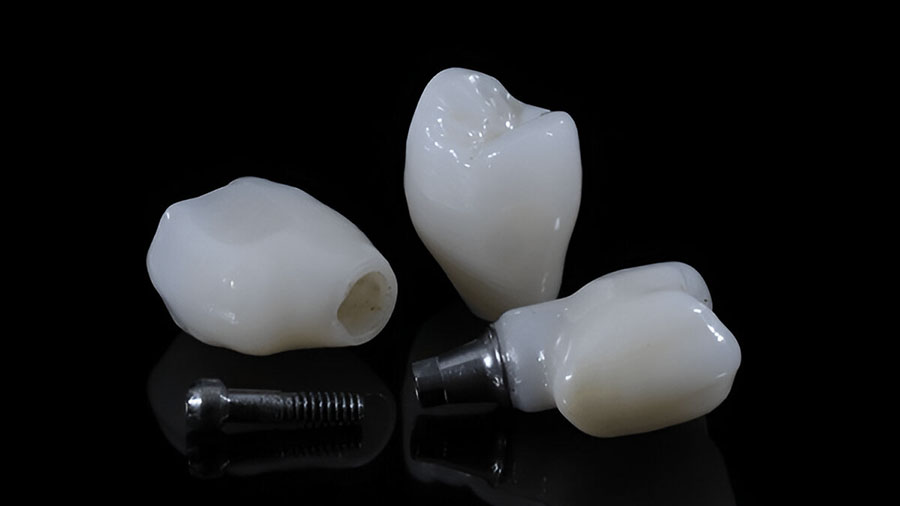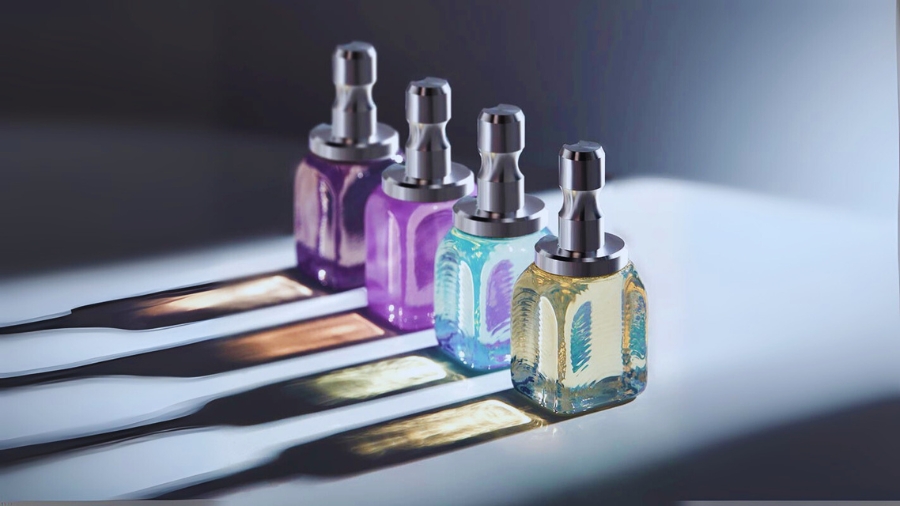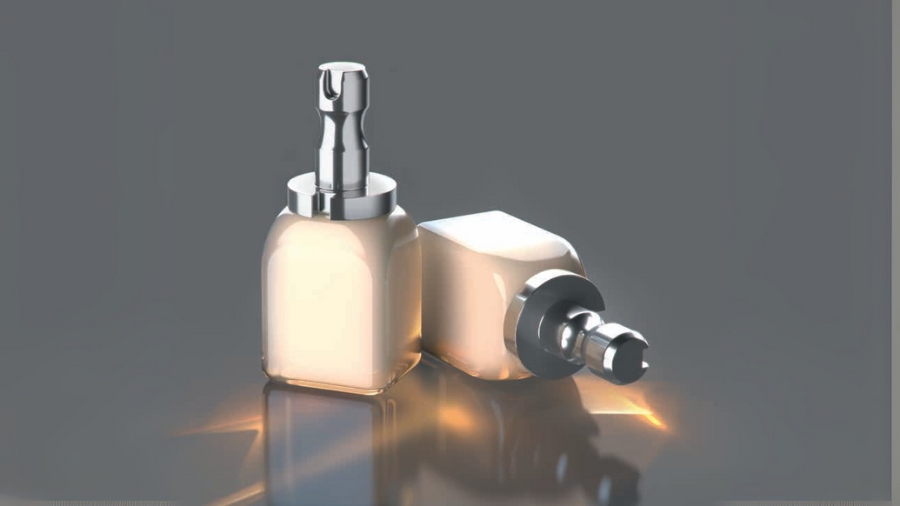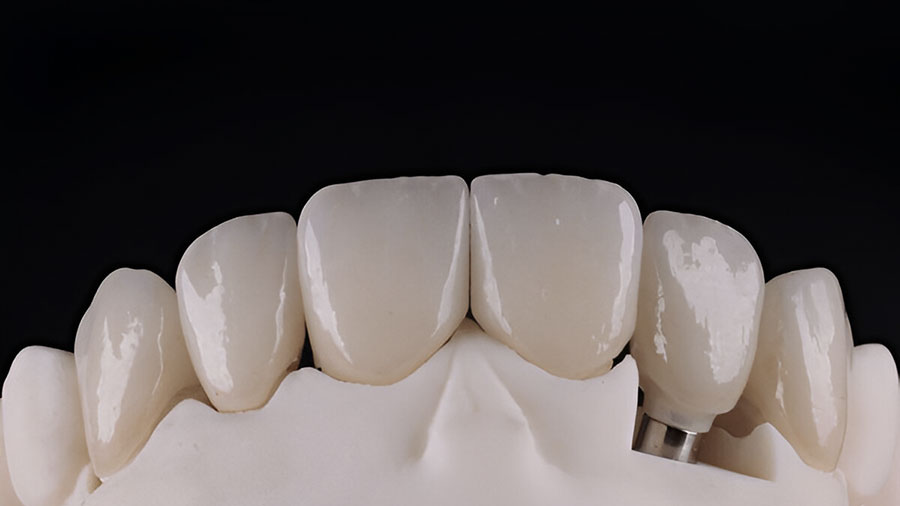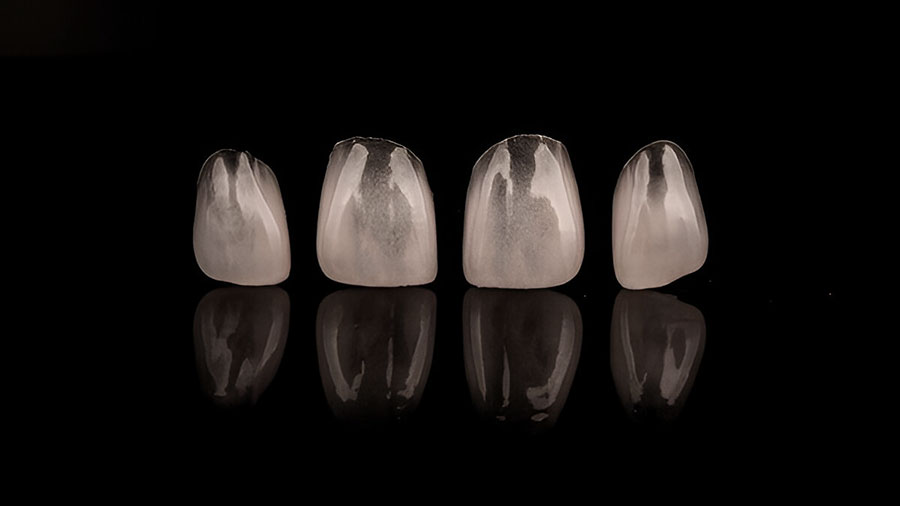Leucite-reinforced glass-ceramics (LRGC) represent a foundational advancement in the evolution of metal-free dental restorations, offering a unique balance of aesthetic excellence and moderate strength. Since the introduction of IPS Empress in the 1990s, these materials have enabled clinicians to deliver highly aesthetic, pressable, all-ceramic alternatives to traditional metal-ceramic crowns - Especially for anterior and premolar applications where translucency and color matching are paramount.

Table of contents [Show]
- Chemical Composition and Crystal Structure
- Types of Leucite-Reinforced Ceramics
- Mechanical Properties
- Optical Properties
- Processing Techniques
- Framework Design Principles
- Clinical Applications
- Clinical Performance
- Advantages and Benefits
- Limitations and Contraindications
- Comparison with Other Ceramics
- Recent Developments
- Best Practices and Recommendations
- Conclusion
Chemical Composition and Crystal Structure
Basic Composition
Leucite-reinforced ceramics are primarily composed of:
SiO₂ (55-65%): Main glass former.
Al₂O₃ (13-18%): Glass network modifier.
K₂O (10-14%): Essential for leucite crystal formation.
Na₂O, CaO, B₂O₃, CeO₂, TiO₂: Various roles in modifying viscosity, fluorescence, and opacity.
Leucite Crystal Formation
Phase: Tetragonal leucite (KAlSi₂O₆) crystals, 1-5 μm in size.
Content: 35-55% by volume.
Distribution: Homogeneous, rounded crystals within a glassy aluminosilicate matrix.
Phase transformation: Cubic to tetragonal at 625°C, contributing to unique thermal properties.
Microstructural Features
Porosity: <0.5% in pressed ceramics.
Crystal-matrix interface: Strong chemical bonding for enhanced toughness.
Residual stress: Managed through careful CTE matching.
Types of Leucite-Reinforced Ceramics
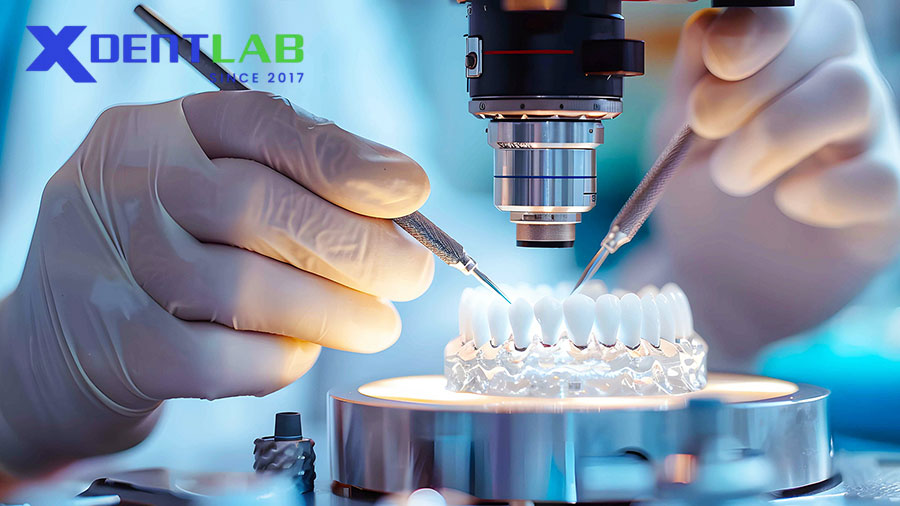
First Generation (IPS Empress)
Leucite content: 35-40%.
Strength: 120-180 MPa.
Applications: Veneers, inlays, crowns.
Translucency: Excellent.
Second Generation (IPS Empress 2)
Leucite content: 40-50%, with added lithium disilicate crystals.
Strength: 300-350 MPa.
Extended indications: Up to 3-unit bridges.
CAD/CAM Variants
ProCAD, Paradigm C, CEREC Blocs, Empress CAD.
Crystal content: 30-40%.
Machinability: Superior for digital dentistry workflows.
Mechanical Properties
Strength and Reliability
Flexural strength: 120-160 MPa (conventional).
Compressive strength: 450-500 MPa.
Fracture toughness: 1.2-1.5 MPa·m^0.5.
Weibull modulus: 8-10, indicating consistent reliability.
Elastic and Fatigue Properties
Elastic modulus: 65 ± 5 GPa.
Fatigue limit: 50-60 MPa, with survival up to 10⁶ cycles.
Moisture sensitivity: Some susceptibility to slow crack growth in wet environments.
Thermal Properties
CTE: 15-18 × 10⁻⁶/°C (25-500°C).
Glass transition: 540-560°C.
Softening point: 650-700°C.
Optical Properties
Translucency and Color
Translucency parameter: 15-25 (1 mm thickness).
Light transmission: 25-35%.
Refractive index: 1.50-1.52.
Fluorescence and opalescence: Natural, enamel-like appearance.
Shade matching: Full compatibility with Vita and other shade systems.
Aesthetic Advantages
Chameleon effect: Blends seamlessly with natural teeth.
Depth of color: Three-dimensional, highly lifelike.
Surface gloss: Excellent retention and polishability.
Processing Techniques
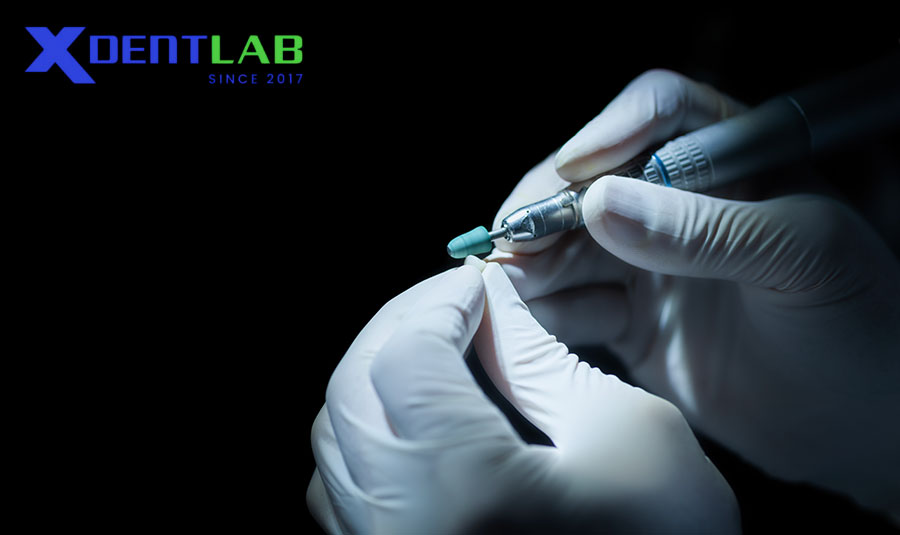
Heat-Pressing Technology
Lost-wax technique: Conventional or CAD/CAM wax-up, minimum 0.8 mm thickness.
Investment: Phosphate-bonded for high-temperature stability.
Burnout and pressing: Precise temperature and pressure control for accurate fit.
Finishing: Slow cooling, alumina blasting, ultrasonic cleaning.
CAD/CAM Processing
Block selection: Shade and translucency matched.
Milling: Diamond burs, water cooling, fine finishing, and optional glazing.
Layering Technique
Cut-back and build-up: For enhanced natural effects, using multiple firings without property degradation.
Framework Design Principles
Minimum thickness: 0.8-1.0 mm (anterior), 1.5-2.0 mm (posterior), 0.5-0.7 mm (veneers).
Design: Uniform thickness, rounded angles, smooth transitions, anatomical contours.
Not recommended: For bridge connectors due to limited flexural strength.
Clinical Applications
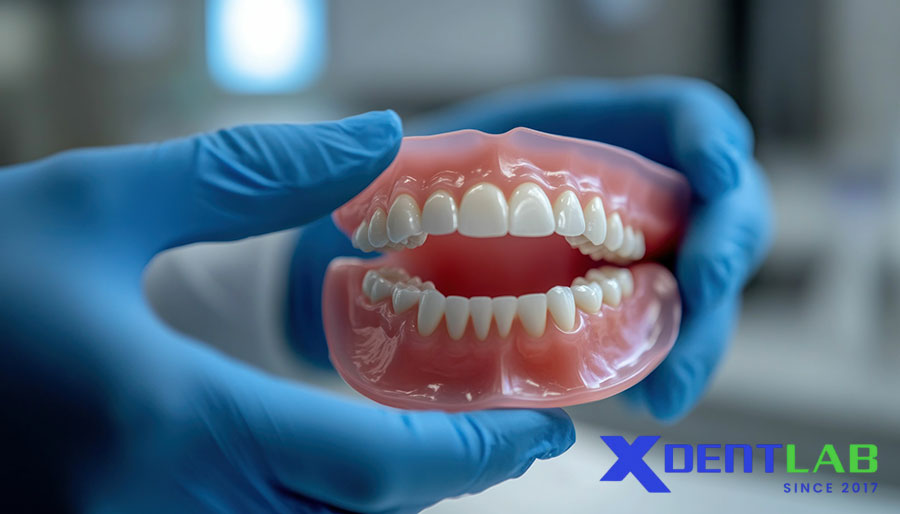
Veneers
Minimal preparation: 0.3-0.5 mm.
Aesthetic results: Excellent translucency, predictable color matching.
Longevity: 93.5% at 10 years.
Inlays/Onlays
Conservative: Tooth preservation, strong adhesive bonding.
Success: 95% at 5 years.
Crowns
Anterior/premolar: Primary indications; molars only in select cases.
Survival rates: 95% at 5 years (anterior).
Bridges
Not recommended: High risk of connector failure in posterior regions.
Bonding Protocols
Etching: 4.5-5% hydrofluoric acid, 60 seconds.
Cleaning: Water spray, phosphoric acid neutralization, ultrasonic bath.
Silanization: Silane agent, 60 seconds.
Cementation: Light-cure for veneers; dual-cure for crowns; self-adhesive for simplified workflow.
Clinical Performance
Veneers: 93.5% at 10 years, 82.9% at 20 years.
Inlays/Onlays: 95.2% at 5 years.
Anterior crowns: 95.2% at 5 years.
Posterior crowns: 89% at 5 years.
Common failures: Bulk fracture, chipping, marginal defects—minimized with proper protocol.
Advantages and Benefits

Aesthetic Superiority
Natural translucency and color.
Predictable shade matching.
Long-term color stability.
Clinical and Technical Benefits
Conservative prep, strong bonding, easy repair.
Pressable and machinable for lab efficiency.
Consistent, predictable results.
Limitations and Contraindications
Mechanical: Lower strength than lithium disilicate or zirconia; not suitable for bridges or heavy occlusion.
Clinical: Not for deep discoloration, insufficient space, or poor moisture control.
Technical: Technique sensitive, requires skilled laboratory and clinical execution.
Comparison with Other Ceramics
Lithium Disilicate: Higher strength, similar aesthetics, broader indications.
Feldspathic Porcelain: 2-3x stronger, more reliable.
Zirconia: Superior translucency, easier bonding, more natural aesthetics.
Recent Developments
Nano-leucite and gradient structures: Improved strength, aesthetics.
Digital integration: Enhanced workflow and consistency.
Bioactive and composite structures: Potential for therapeutic effects.
Best Practices and Recommendations
Case selection: Aesthetic demands, conservative prep, anterior teeth, normal occlusion.
Preparation: 0.3-0.5 mm (veneers), 1.0-1.5 mm (crowns), chamfer margins, smooth finish.
Laboratory communication: Detailed shade, photos, prep depth, and occlusal records.
Cementation: Try-in, isolation, protocol adherence, careful adjustment and polishing.
Maintenance: Regular recalls, gentle cleaning, patient education.
Conclusion
Leucite-reinforced glass-ceramics remain a cornerstone for aesthetic, conservative dental restorations, especially in the anterior region where natural translucency and color are critical. With proven long-term success and excellent optical properties, they continue to be the material of choice for veneers, inlays, onlays, and select crowns. For dental practices seeking quality and consistency, partnering with a specialized lab like XDENT LAB ensures optimal outcomes and patient satisfaction in every case.
XDENT LAB – Your trusted partner for lab-to-lab full-service solutions, delivering FDA- and ISO-approved leucite-reinforced ceramic restorations to the U.S. and global markets.
XDENT LAB is an expert in Lab-to-Lab Full Service from Vietnam, with the signature services of Removable & Implant, meeting U.S. market standards – approved by FDA & ISO. Founded in 2017, XDENT LAB has grown from local root to global reach, scaling with 2 factories and over 100 employees.. Our state-of-the-art technology, certified technicians, and commitment to compliance make us the trusted choice for dental practices looking to ensure quality and consistency in their products.
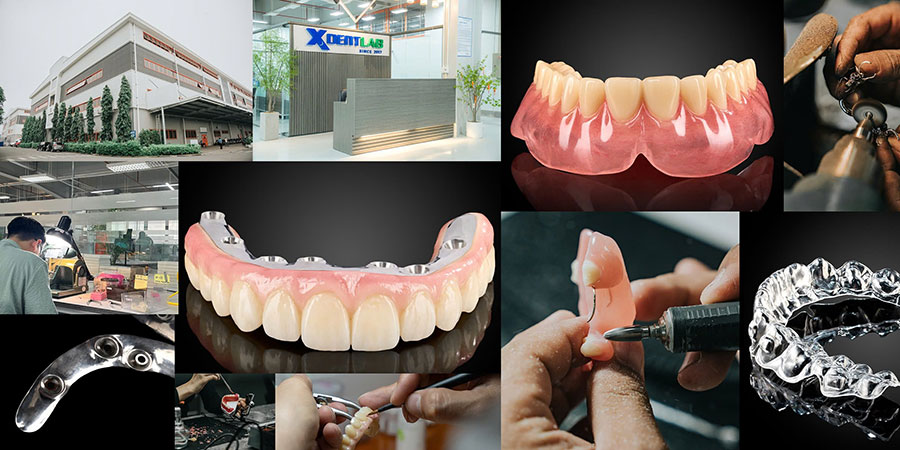
Our commitments are:
100% FDA-Approved Materials.
Large-Scale Manufacturing, high volume, remake rate < 1%.
2~3 days in lab (*digital file).
Your cost savings 30%.
Uninterrupted Manufacturing 365 days a year.
Contact us today to establish a strategy to reduce operating costs.
--------❃--------
Vietnam Dental Laboratory - XDENT LAB
🏢 Factory 1: 95/6 Tran Van Kieu Street, Binh Phu Ward, Ho Chi Minh City, Vietnam
🏢 Factory 2: Kizuna 3 Industrial Park, Can Giuoc Commune, Tay Ninh Province, Vietnam
☎ Hotline: 0919 796 718 📰 Get detailed pricing





